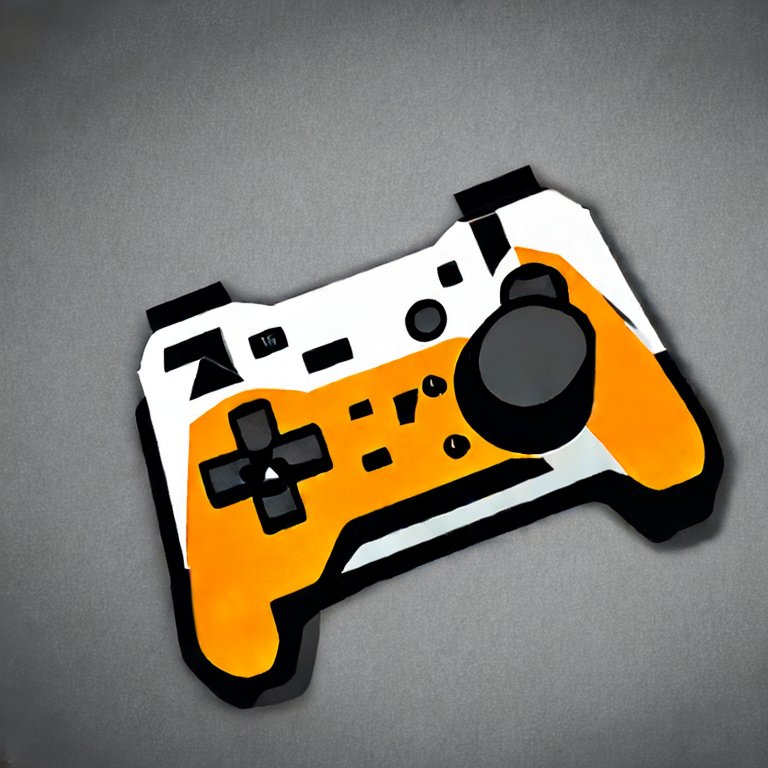

I wonder why did Albon stay in the pits in the final minutes of Q2, did Williams (or him) thought he couldn’t do a better lap?


I wonder why did Albon stay in the pits in the final minutes of Q2, did Williams (or him) thought he couldn’t do a better lap?


I don’t know why, somehow it just feels different to me. Or maybe it’s just the state of the world that tries to dehumanize everything with “AI” that depress me.


Just the thought of sex robots depressed me even more than the state of the world already had.
It’s like regular Fedora KDE, except that it avoids this problem of traces of past experiments everywhere.
Kinoite is much more than that: it is an atomic and immutable spin of Fedora KDE. This has big implications but the gist of it is that:
You can roll back to any previous version if anything breaks
The base system cannot be modified
If you need to install RPM packages, you do that by adding “layers” on top of the base system, and these can be removed if needed to go back to a clean base system
You can switch from one spin to another by “rebasing”, but it is recommended that you remove any additional layer first and that you stick to the same desktop environment
My experience on other distros was that upgrading in place a system that deviated too much from “stock” would wreck the install. I would personally play it safe and backup my home folder and do a fresh install.
Just don’t forget to test your backup before formatting your drive!


I was just paraphrasing Andrea Stella. From the article:
McLaren team principal Andrea Stella made a notable admission after the race in Bahrain as he appeared to suggest their 2025 car was more favourable to Piastri’s driving style than Norris’.
Stella said: “We know that we have made some changes to the car, which made Lando’s life a bit more difficult. We know technically what this is; Lando is adapting to this, potentially this might have played a bit more on Oscar’s hand and we are working together to fix it.”


Well, this year’s McLaren seems to suit him better, and most importantly, Piastri seems to better handle pressure than Norris.


/s He was doing intelligence gathering for Haas all along!


Android has always been developed in a closed-source manner by Google engineers, the recent changes only reduces the visibility of ongoing changes and the ability for developers outside of OEMs to contribute to Android (such contributions were already rare).
This is explained further in this article:
While some OS components, such as Android’s Bluetooth stack, are developed publicly in the AOSP branch, most components, including the core Android OS framework, are developed privately within Google’s internal branch. Google confirmed to Android Authority that it will soon shift all Android OS development to its internal branch, a change intended to streamline its development process.


Do it! Do it! Do it!


I was going to play the first one on PS3 before playing through Part II, but if the Collection comes out on PC before then, I might buy it and play both games on PC instead.


The millions of years I was referring to was the Mammoth project the same company plans to revive has well


The lack of tire wear is only part of the problem IMO, as with these cars it has become harder to follow a rival in its dirty air.


Couldn’t the DRS flap close as the car exits the DRS zone? To be fair, I expected it to be the case until I discovered it wasn’t with Doohan’s crash.


Can’t believe Jurassic Park is no longer a fiction.
In all seriousness, I don’t understand why anyone would want to reintroduce species that were extinct for millions of years (with no regards to existing ecosystems it seems), nor how such a company is able to fund this endeavor.


Most likely they use a translation layer (think Wine, Proton or DXVK) rather than emulation, since the Switch 2 hardware is not completely different from Switch 1 and it’s not as costly as emulation, so I would say neither.
Edit to clarify emulation vs translation layer:
Emulation re-creates the entire hardware, while translation layer translates programming instructions intended for one platform to another, just like you would translate “one plus two” from English into “um mais dois” in Portuguese for exemple.
Since both Switch don’t have completely different hardware (unlike PS3 and PS4 for example) it’s probably easier and much more efficient to simply translate instructions that were specific to Switch 1 into Switch 2 instructions.
Edit 2: also Yuzu and Ryujinx are designed to emulate Switch on the x86 architecture, and since Switch 2 (and Switch 1) run on ARM, I’m pretty sure these emulators wouldn’t run on Switch 2 without massive re-engineering efforts. Also, as someone else said, these projects are reverse-engineered, it makes much more sense that Nintendo engineers create an emulator from scratch using their own internal documentation of Switch 1 architecture (again, it’s unlikely they went for emulation as I stated above) so the result is much more reliable than both Yuzu and Ryujinx.


That sentence intrigues me
we did something that’s somewhere in between a software emulator and hardware compatibility
What do they emulate vs. what was added in hardware to ensure compatibility?


I was actually surprised he didn’t win Driver of the day in Melbourne: he was able to climb to 4th having started 16th, on his first Grand Prix!


And now again in the middle of SQ3…
Damn, Norris hit the wall! I was expecting a red flag, but not Lando hitting the wall.